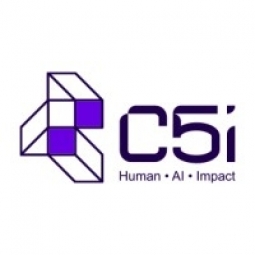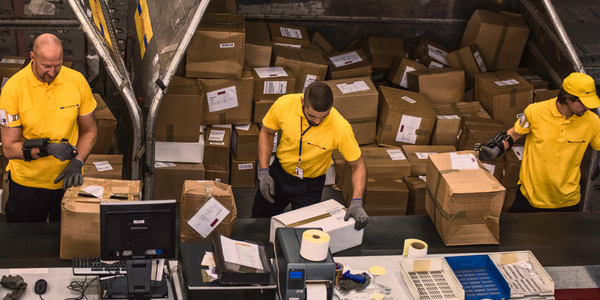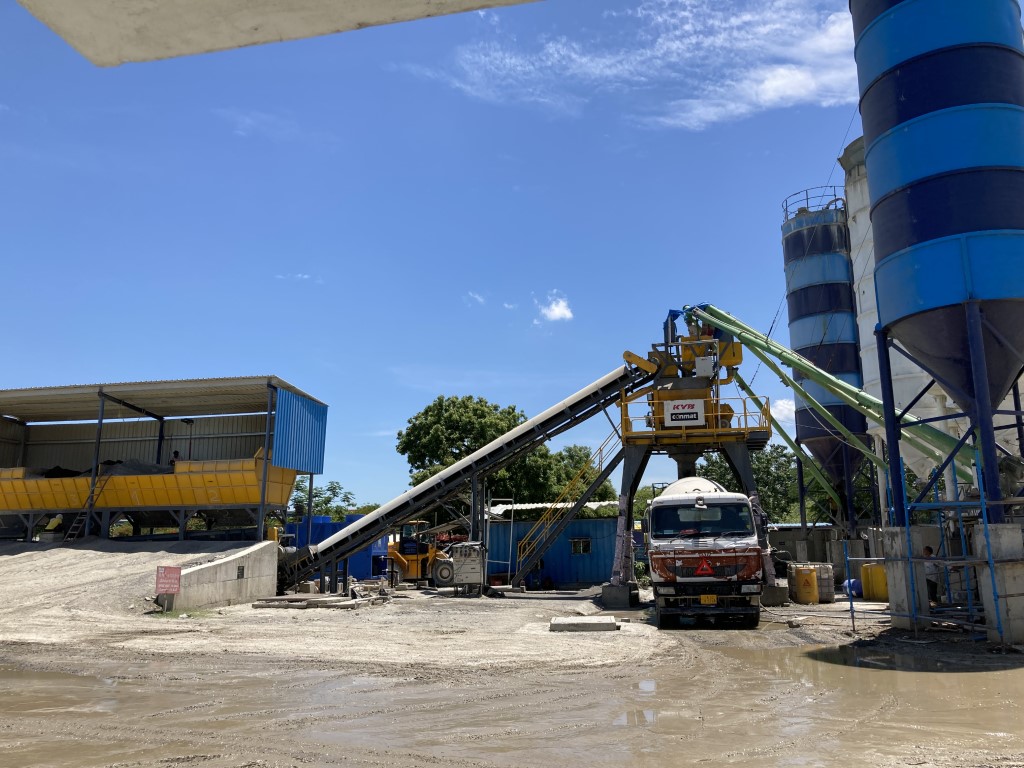Leading global software vendor used customer insights from integrated social media analytics for product enhancement

Customer Company Size
Large Corporate
Country
- United States
Product
- Microsoft products
Tech Stack
- Social Media Analytics
Implementation Scale
- Enterprise-wide Deployment
Impact Metrics
- Customer Satisfaction
- Productivity Improvements
- Innovation Output
Technology Category
- Analytics & Modeling - Big Data Analytics
- Analytics & Modeling - Real Time Analytics
Applicable Functions
- Product Research & Development
- Quality Assurance
Use Cases
- Predictive Quality Analytics
Services
- Data Science Services
About The Customer
The customer in this case study is Microsoft, a leading global software vendor. Microsoft is a multinational technology company that develops, manufactures, licenses, supports, and sells computer software, consumer electronics, personal computers, and related services. Its best-known software products are the Microsoft Windows line of operating systems, the Microsoft Office suite, and the Internet Explorer and Edge web browsers. Microsoft is one of the world's most valuable companies and is considered one of the Big Five technology companies, alongside Google, Amazon, Apple, and Facebook.
The Challenge
Microsoft needed a solution to more effectively analyze the thousands of conversations taking place online about a wide array of the company’s products. These conversations take place globally 24/7 and in huge volume in Microsoft forums, other forums and across social media platforms (Twitter, Facebook, blogs) and in more traditional news sources. While the company was already monitoring some of these sources, there was no one integrating the conversations and providing insights into their relevance to improving product quality and the customer experience.
The Solution
Blueocean Market Intelligence worked with Microsoft to develop a program to listen to social media conversations about Microsoft products with the goal of identifying product quality issues, training gaps and ideas for improving the customer experience. The Social Media Listening Intelligence Program effectively and quickly scans a high volume of online conversations to provide unbiased actionable insights at the right time from the right sources. The program scans approximately 20 million documents daily, including content from blogs, news, forums, Twitter, social networks and YouTube. The approach blends people, process and tools. While relying on search tools and data dashboards, the team goes even further, analyzing content to uncover the story behind the data.
Operational Impact
Quantitative Benefit

Case Study missing?
Start adding your own!
Register with your work email and create a new case study profile for your business.
Related Case Studies.

Case Study
IoT Data Analytics Case Study - Packaging Films Manufacturer
The company manufactures packaging films on made to order or configure to order basis. Every order has a different set of requirements from the product characteristics perspective and hence requires machine’s settings to be adjusted accordingly. If the film quality does not meet the required standards, the degraded quality impacts customer delivery causes customer dissatisfaction and results in lower margins. The biggest challenge was to identify the real root cause and devise a remedy for that.

Case Study
Prevent Process Inefficiencies with Automated Root Cause Analysis
Manufacturers mostly rely on on-site expert knowledge for root cause analysis. When the defective product is sent to lab for analysis, it is laborious and always a post-mortem one. Manufacturers that collect data from IT and OT also need a comprehensive understanding of a variety of professionals to make sense of it. This is not only time consuming, but also inefficiencient.

Case Study
Digitization of Pharmaceutical Packaging Machines: A Case Study of CVC Technologies
CVC Technologies, a leading manufacturer of pharmaceutical packaging machines, was seeking an end-to-end IoT solution to fully digitize their pharmaceutical liquid filling and capping machines. The company aimed to enhance the safety of their equipment, introduce digital maintenance capabilities, and gain visibility into machine status from anywhere at any time. The challenge was to find a solution that could provide real-time visibility into the machine's status, deliver direct cloud connectivity and digital services, and simplify all aspects of the machine's lifecycle, from engineering to maintenance.

Case Study
CleanTelligent Enhances Janitorial Software Solutions with Infor Birst
CleanTelligent Software, a company that aids in-house and contracted janitorial teams in streamlining communication and improving quality control, faced a significant challenge. Their clients were demanding a more dynamic way to present reporting data. The company's software was primarily used to analyze and summarize a custodial team's performance, replacing a highly manual, paper-driven process. However, the initial differences between service providers in the janitorial industry are often unclear, and the cost of switching is comparatively low. This situation led to high client turnover, with a janitorial company's customer lifetime averaging four years or less. CleanTelligent needed to improve the customer experience with dynamic dashboards and reporting, retain customers through predictive analysis, capitalize on advanced analytics capabilities to build market differentiation, and improve client retention rates.

Case Study
Digitalising QC records
Ready-mix concrete batching plant with seasonal demand 6,000 to 12,000 cu.metre per month.Batch-cycle records for each truck is stored in paper format. 1000 to 2000 truck loads per month, generating ~2000 to 6000 paper records.QC anomaly detection in chemical batch-mixing is manual & time consuming.

Case Study
Automotive manufacturer increases productivity for cylinder-head production by 2
Daimler AG was looking for a way to maximize the number of flawlessly produced cylinder-heads at its Stuttgart factory by making targeted process adjustments. The company also wanted to increase productivity and shorten the ramp-up phase of its complex manufacturing process.






